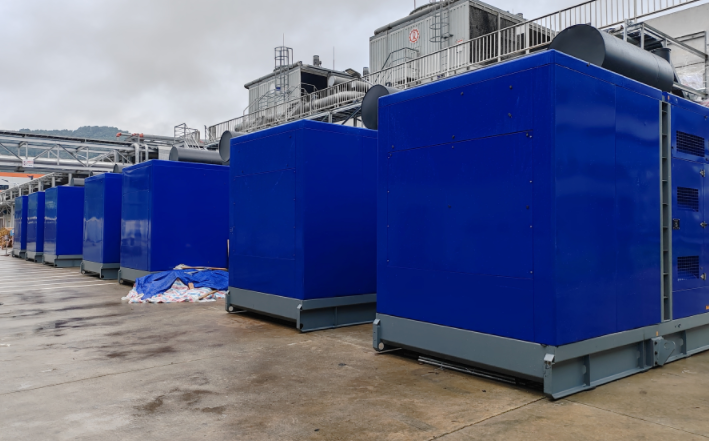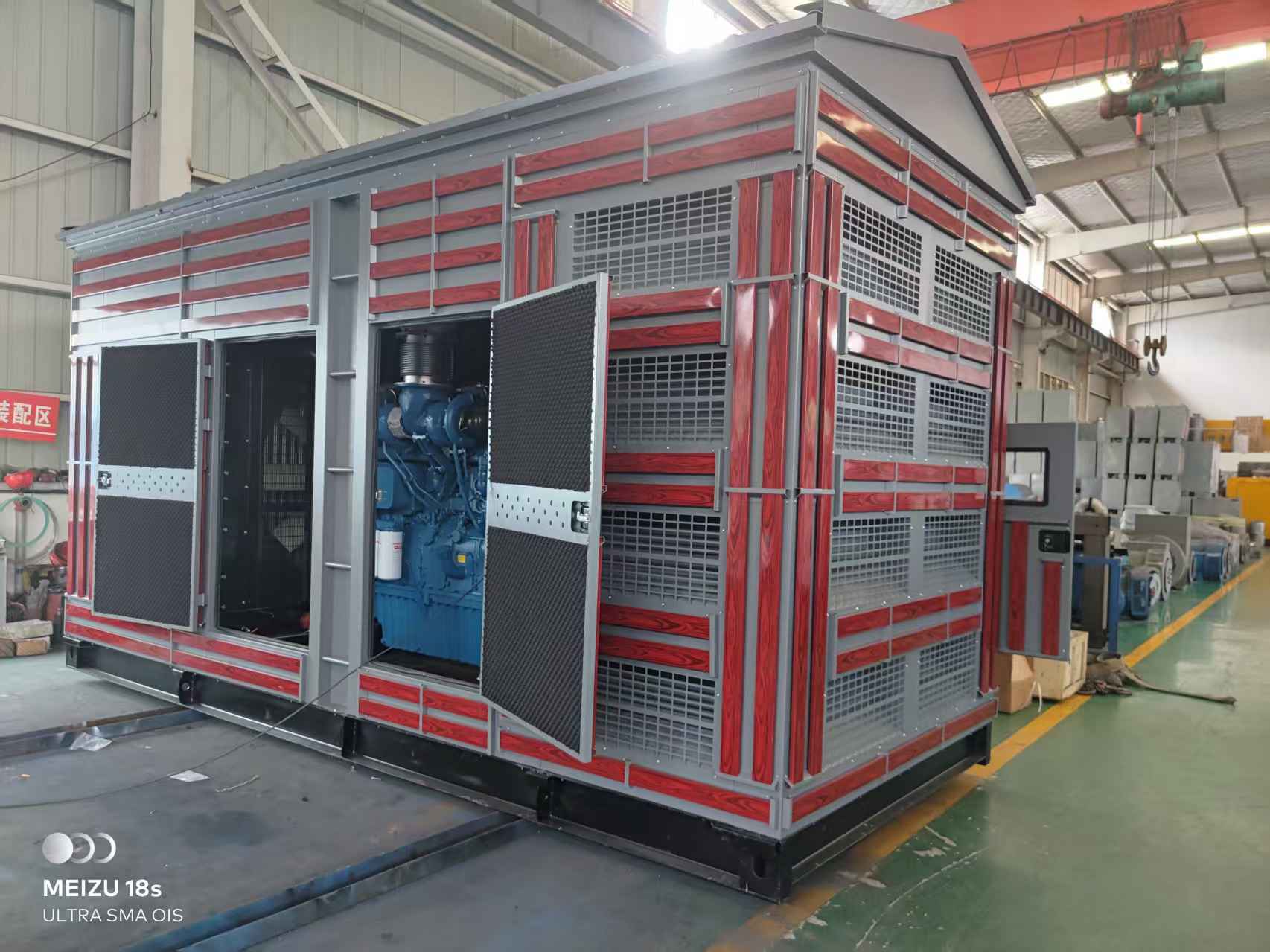News
Effective Active Noise Control Methods for Diesel Generator Sets
Diesel generators are widely used in various industries for power generation, especially in areas where the electricity grid is unreliable. However, one common issue associated with these generators is noise pollution. The high noise levels emitted by diesel generator sets can be disruptive to both operators and nearby communities. In response to this concern, active noise control (ANC) technologies have been developed to reduce sound emissions, ensuring compliance with noise regulations and improving the working environment. This article explores the most effective active noise control methods for diesel generator sets.

What is Active Noise Control (ANC)?
Active Noise Control, also known as active noise cancellation, is a technology that uses sound waves to reduce unwanted noise. Unlike passive noise control methods, which typically involve physical barriers or materials to absorb sound, ANC actively generates sound waves that are phase-inverted to cancel out the unwanted noise. This technology is highly effective in reducing low-frequency noise, which is common in diesel engines.
Why is Active Noise Control Important for Diesel Generators?
Diesel generators produce significant noise, particularly in low-frequency ranges. The sound comes from the engine, exhaust system, and moving parts, making it difficult to reduce through traditional methods like insulation or mufflers alone. Active noise control offers a promising solution by specifically targeting and reducing the most problematic frequencies. The benefits of ANC for diesel generators include:
- Compliance with Noise Regulations: Many cities and industrial areas have stringent noise regulations. Using ANC technology helps ensure that diesel generators operate within these limits.
- Improved Operator Comfort: Reducing noise pollution can lead to a more comfortable working environment for operators, which can improve productivity and safety.
- Environmental Protection: Reducing noise helps minimize the impact of diesel generators on surrounding communities and wildlife.
Key Methods for Active Noise Control in Diesel Generator Sets
Several active noise control methods can be implemented to reduce the noise output of diesel generator sets. These methods focus on targeting specific sources of noise and applying ANC techniques to cancel out unwanted sound waves. Some of the most common techniques include:
- Feedforward ANC Systems
Feedforward ANC systems are designed to anticipate noise before it reaches the listener. These systems use external microphones placed near the noise source (such as the exhaust or engine) to pick up sound waves. The system then generates a sound wave that is the inverse of the detected noise, which cancels it out when combined. This method is particularly effective for steady-state noise, such as the constant hum of a diesel engine.
- Feedback ANC Systems
In contrast to feedforward systems, feedback ANC systems use microphones placed closer to the noise source or within the vicinity of the listener. These systems continuously monitor the noise and adjust the cancellation signal in real-time. Feedback ANC is especially effective in environments where noise levels fluctuate or where the noise source is unpredictable.
- Hybrid ANC Systems
Hybrid ANC systems combine both feedforward and feedback techniques to provide more comprehensive noise reduction. These systems are typically used in situations where both steady-state and fluctuating noises are present. By utilizing both external and internal microphones, hybrid systems can provide optimal performance in diverse noise environments.
- Active Mufflers and Silencers
Active mufflers and silencers use ANC technology to enhance the effectiveness of traditional passive muffling methods. These devices are installed in the exhaust system and use sound-cancelling waves to reduce the engine noise further. They are particularly effective in reducing the high-pitched whistling and low-frequency rumble that is common in diesel generator exhausts.
- Noise Masking with ANC
In some cases, rather than completely eliminating noise, it may be more practical to mask the unwanted sound with a more pleasant or neutral sound. ANC systems can generate a “masking” sound that is designed to be less disruptive than the original noise. This method is particularly useful in environments where total silence is not required but where reducing the impact of noise is still a priority.
Challenges in Implementing Active Noise Control in Diesel Generators
While ANC technologies offer promising solutions, their implementation in diesel generators is not without challenges. Some of the key issues include:
- Cost: Active noise control systems can be expensive to install and maintain, especially when compared to traditional noise reduction methods.
- Complexity: ANC systems require careful calibration and continuous monitoring, which can increase operational complexity.
- Power Consumption: ANC systems require additional power, which can be a concern in systems where efficiency is critical.

Active noise control (ANC) is a highly effective solution for reducing the noise generated by diesel generators. By using advanced technologies such as feedforward, feedback, and hybrid ANC systems, as well as active mufflers, it is possible to achieve significant noise reduction. Although challenges exist in terms of cost and complexity, the benefits of ANC—ranging from compliance with noise regulations to improved operator comfort—make it a valuable investment for industries that rely on diesel generators. As technology continues to evolve, the future of noise control in diesel generators looks promising, offering quieter, more efficient, and environmentally-friendly power solutions.
Categories
News
Contact Us
Contact: yuchai Generator Set
Phone: +86 13312561188
Tel: +86-0871-67352758
E-mail: master@zimbon.com
Add: 11th Floor, Office Building C, Shuangcheng Intercity Business Center, No. 8868 Guangfu Road, Guandu District, Kunming City, Yunnan Province, China